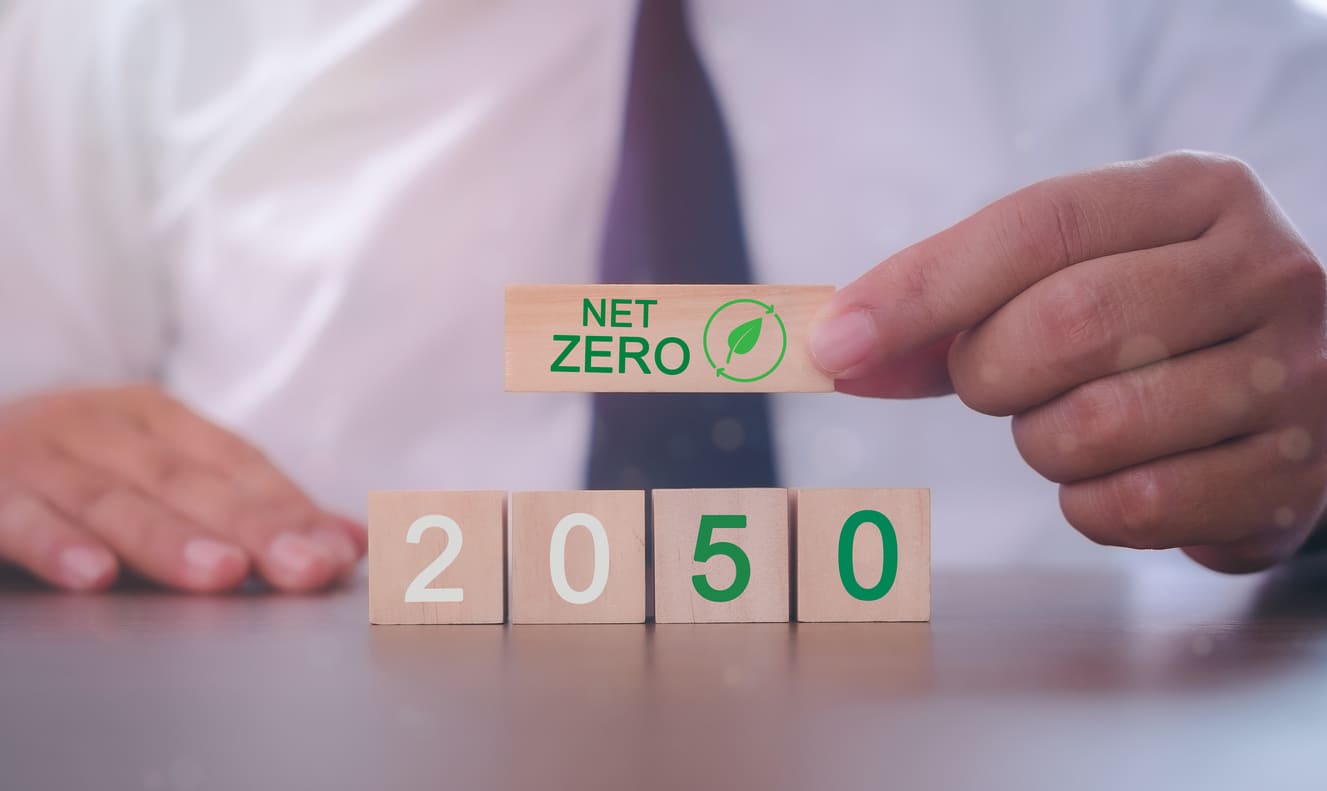
How Can We Make Net Zero More Affordable and Accessible?
Net zero means eliminating or offsetting carbon emissions that harm the atmosphere. While the world works towards ambitious goals, there are some challenges to overcome in making net zero accessible and affordable.
Why Aim for Net Zero?
Experts estimate nearly 37 billion tons of carbon dioxide enter the atmosphere annually. Human activities caused these emissions to increase more than three times from the 1960s, putting the planet in a critical state.
A global net-zero emissions goal means reducing and counteracting human-caused carbon emissions. Individual countries and companies can track the number of emissions they release and set targets based on the results. Making these goals is crucial for the elimination and reversal of climate change.
From 1981 to 2021, the rate of global warming more than doubled thanks to human emissions. There’s been an increase in severe weather, the destruction of ecosystems, human health incidents and food scarcity. Without change, severe flooding, lack of fresh water and food, increased solar radiation exposure, and poor air quality due to climate change will lead to mass illness, death and extinction.
Challenges to Achieving Net Zero Goals
While the movement to go net zero is increasing, there are barriers preventing its implementation.
Cost
A recent report found the annual cost of maintaining global net zero goals is more than $9 trillion. More than 130 countries have net-zero emissions goals, including the United States, United Kingdom, China and European Union countries.
According to the United Nations’ Net Zero Coalition, the world must decrease emissions to 1.5° Celsius above pre-industrial levels. The goal initially set by the Paris Agreement is to get to net zero by 2050, with a 45% reduction by 2030. However, the cost could limit the ability to do so.
Currently, the world spends $3.5 trillion to reduce carbon emissions. The transition to clean energy, creating machinery that doesn’t rely on fossil fuels, the economic barriers of transitioning jobs to eco-friendly industries and the emissions from what’s left behind from those industries, all present challenges.
Clean Energy Expense
Switching to clean energy sources is vital to stopping climate change, but their price is something to overcome. Hydrogen is a potential low-emission energy source, but it requires significant water and energy. To create enough hydrogen without taking it from other necessary resources, some scientists propose taking it from the atmosphere. Doing so would total more than €200 per ton.
Solar energy is a fantastic solution for producing clean electricity. However, the photovoltaic panel has an average starting cost between $13,000 and $26,000 for a residential home. Even with savings on energy, recouping the panel costs can take several years.
Nuclear fusion is another energy source researchers have waited for decades to explore. It could be an unlimited low-carbon energy source, but the International Nuclear Engineering Project predicts it will cost more than $22 billion.
Wind energy is not always feasible, with turbines priced at $800–$950 per kilowatt. Turbines also take up a lot of space, though there are smaller options for residential purposes.
Other Accessibility Challenges
Price is only part of the accessibility problem when trying to meet a net-zero goal. The International Energy Agency reports 2.3 billion people worldwide have to use high-emission energy sources harmful to the environment and their immediate health.
Sub-Saharan Africa and Asia are the most affected areas. In the United States, Black and Hispanic neighborhoods often have less access to clean energy options, with income and a lack of marketing to those areas playing factors. When only certain areas have the choice to move to clean energy, reaching net-zero goals will remain challenging.
Ways to Make Net Zero More Affordable and Accessible
Lowering the price while introducing clean energy is a hurdle, but governments are making the leap a little easier. Tax credits and incentives help businesses and homeowners mitigate the cost of investing in renewable energy resources. For example, some states allow these breaks to cover thousands in the upfront cost of photovoltaic panels, making them more affordable for the average consumer.
Hydroelectric is highly affordable compared to other clean energy options. Making it more widely available can help limit the number of fuel-powered industries around the globe.
Vehicles produce a significant volume of emissions and electric cars are reducing them. However, the prices and concerns about battery safety, disposal and the use of finite resources, have many drivers needing more time to consider making those purchases. Further advancement into using electricity as vehicle fuel could earn more public trust and prevent future problems. The cars are already more affordable than they once were, with greater sales increasing competition.
Education is a valuable tool in increasing accessibility for the public and those working to provide clean energy sources. There is an obvious socio-economic gap between those with access to sustainable options and those without. Educating the public about the need for clean energy, and working with providers to make it more manageable for marginalized communities, is necessary to work towards a global net-zero goal.
Others don’t know how critical climate change is to the planet. Some people fear for the loss of energy jobs and don’t realize millions of jobs will arise in their place. Spreading information can help put minds at ease and motivate people to take action. Research is an ongoing and necessary part of finding ways to capture and utilize personal clean energy sources.
How to Advocate for Better Accessibility
Whether you own a business or are a concerned citizen, there are ways you can fight for the world to achieve its net-zero goals. One of the first steps you can take is to learn what your community is doing to help the cause. Discover what clean energy sources are available and see if you can invest in one for your home. You can contact your local government about bringing companies to the area, if there are none.
Every little bit helps and reducing your carbon footprint can help cut emissions. Investing in reusable items like water bottles and shopping bags can lower the amount of single-use plastic. Consider growing some of your produce, as well as walking or biking to nearby locations. Anything that limits your contribution to greenhouse gas emissions is helpful.
Spreading the word is also essential. Promoting the use of clean energy sources and cutting the use of carbon-emitting products can help others decide to live more sustainably.
Making Net Zero More Accessible
It is possible to meet the world’s climate goals. However, it takes everyone — from the average citizen to the heads of governments — to do what they can to make reducing carbon emissions possible. Whether lowering prices or introducing clean energy to new areas, eliminating and offsetting carbon emissions can help save the planet.



Post a comment